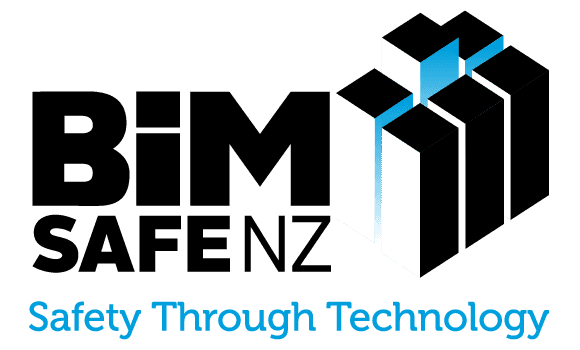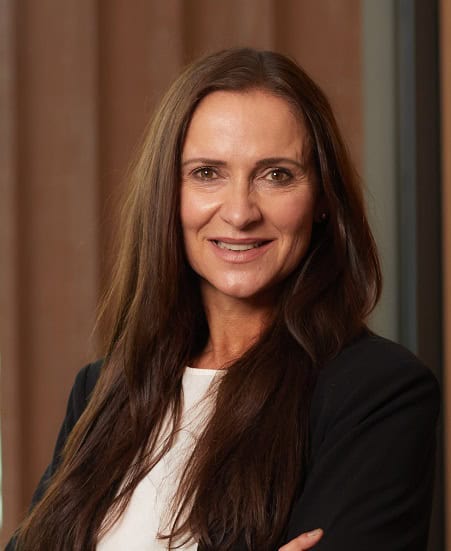BIMSafe Advisory Group Profile
Jo duggan, ceo facilities managment association of nz
Today I am chatting with Jo Duggan, the CEO of Facilities Management Association of NZ (FMANZ), and latest addition to the BIMSafe Advisory Group.
Hey folks, here’s a little insider scoop for you: we are actually not related at all! No family members were harmed during the creation of this article.”
We humans spend a whopping proportion of our time indoors, even more than those majestic whales spend underwater! So, you can imagine the impact that our built environments have on our lives. It’s not just about structures and walls; it’s about tapping into the full potential of both the buildings and us, the people who inhabit them.
Question 1: What is your background:
My background is in architecture, which I studied in the late 1980’s. After that, I ventured into various roles in product supply within the NZ Building Industry, working for both private and public companies. I later had the opportunity to work for a couple of industry organisations before eventually finding my way to FMANZ.
At FMANZ we currently have around 1550 members. However, I firmly believe that this number is just a fraction of the total workforce in the industry. There are undoubtedly many more talented individuals contributing to this field, making it even more vibrant and exciting.
Question 2: What are the current health and safety challenges in Facilities Management?
The challenges in facilities management are quite similar to those in construction, since maintaining a building involves many shared risks. We often find ourselves working at heights or in confined spaces, dealing with electrical systems, and using ladders or scaffolding. Interacting with building users while performing maintenance tasks is also part of the job.
One significant risk we encounter is the number of workers operating independently, without the usual daily toolbox talks or on-site support from colleagues. In the FM Industry we have both in-house teams and subcontractors, and it’s crucial to be fully aware of our responsibilities concerning health and safety, both upstream and downstream. Keeping everyone safe is always a top priority!
Dealing with poor design decisions is indeed a significant challenge in our link of work. It often makes maintenance tasks more difficult and riskier than they need to be. Unfortunately, in my estimation, only a small fraction (around 2-5%) of construction projects involve FM people at the design stage. This is mostly limited to public/private partnership models where health and safety by design processes include both FM considerations and constructability.
Collaboration between designers and FM experts from the get-go could greatly improve the long-term viability and safety of buildings. By addressing maintenance concerns during the design phase, we can ensure smoother operations and reduce potential risks down the road. It’s a challenge we’re eager to overcome to create safer and more efficient spaces for everyone.
Question 3: When did you first encounter BIM?
Back in 1989, I studied AutoCAD V1. It has been great to watch the industry advance from the sidelines. It wasn’t until around 2013 that it was realised the immense value of BIM for facilities management. The idea of having an integrated BIM execution plan involving FM Professionals early in the design process was an eye-opener. It had significant implications not only for facilities management but for the entire construction industry.
Over the last decade we’ve made progress toward this goal, but it has been a slow journey. One of the main reasons for the gradual adoption of BIM in FM is the prevalent short-term thinking in the industry. Many stakeholders fail to recognize the long-term benefits, which has led to a lack of awareness and investment upfront.
However, we remain optimistic and determined to spread awareness about the game-changing advantages of BIM in facilities management. By working together and fostering a forward-thinking approach, we can unlock the full potential of BIM and revolutionize how we manage and construct buildings for the better!
Question 4: Why were you interested in joining the BIMSafe Advisory Group?
I truly value BIMSafe for facilities management and want to give this perspective a voice at the table. Often FM professionals are left behind in the stakeholder line. By involving FM from the design stage, we can build better models that span the entire facility’s lifecycle. Buildings might take only a few years to construct, but they will be occupied and operational for fifty years or more, during which we can positively influence health and safety outcomes for the many people using the facility.
Additionally, we need to focus on education and raising awareness among clients about the value of FM in the BIM process and ensure FM involvement right from the procurement stage. This way, we can enhance the overall efficiency and safety of our built environments.
Question 5: What does the future hold for BIM and Facilities management
The future of BIM is brimming with unlimited potential! With smart buildings, building sensors, the internet of things and digital twins on the horizon. The whole industry is moving toward waste minimization, embedded and operational carbon tracking, increased energy efficiency, and a better overall built environment. And let’s not forget about that feel-good factor! The spaces we occupy can positively impact our wellbeing.
BIM plays a crucial role in planning and creating healthier and safer buildings. As the industry embraces BIM further, facilities managers will need to upskill to proactively identify and solve issues before they arise. Completing the feedback loop in the model before construction will become an essential part of the process, enabling us to stay ahead and deliver top-notch facilities for the future. Let’s gear up for the exciting journey ahead!

